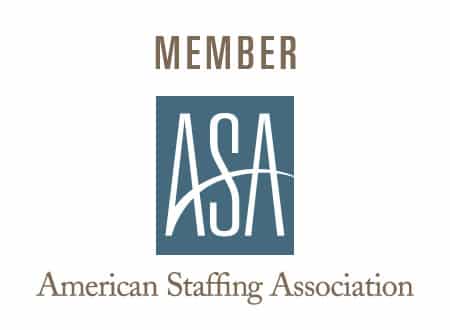U.S. workers are working longer – and retiring later. Why?
According to the Employee Benefit Research Institute’s Retirement Confidence Survey (as reported by Workforce.com):
- about 36 percent of respondents cite the poor economy;
- 16 percent say their lack of faith in Social Security is forcing them to postpone retirement;
- 13 percent claim they simply can’t afford to stop working.
As a result, workers say they are more than twice as likely to work up to age 70 or older – a 25 percent increase from just a decade ago.
Rising numbers of older individuals remaining in the workforce creates both challenges and potential benefits for employers. On the one hand, workers delaying retirement adds pressure to companies already struggling to reduce payroll as profit dwindles. A glut of older workers also threatens to clog the talent pipeline for organizations who want to bring in new employees – at lower salary levels.
On the other hand, companies for which knowledge loss is a concern stand to gain a welcome benefit from a more mature workforce – less “brain drain.” Key managers have more time to plan for the departure of older workers, and therefore can be more strategic in retraining or transferring institutional knowledge.
As older workers continue to delay retirement, HR needs to respond by reevaluating the way they manage human capital. Instead of paying older workers to retire, HR should look for creative ways to take advantage of the shift in workforce demographics:
- Create cross-mentoring relationships. In a traditional mentor relationship, older, more experienced workers share knowledge with their less experienced counterparts. When it comes to technology, however, younger employees are often more savvy. Organizations can foster reverse mentorships, in which younger workers share their knowledge in areas like online social networking.
- Find new ways to attract younger workers. In a time when career advancement is likely to become more difficult, organizations should focus on new ways to bring top performers on board. When HR can’t necessarily offer rapid upward mobility to new talent, they can offer lateral movement. Lateral moves can help younger employees broaden their knowledge bases, become more valuable to the employer (increasing job security) and become more marketable overall.
Wood Personnel can help your organization proactively manage its personnel needs as our workforce changes. We provide temporary, temp-to-hire, contract and direct placement services to employers throughout Middle Tennessee. We are able to recruit and assess candidates for the following types of positions:
Professional Staffing Services
- Office and Administrative
- Medical Office Support
- Accounting Support
- Industrial
- Distribution & Logistics
IT Services
- Management
- Development
- Technical
- Operations
Executive Search Services
- Accounting/Finance
- Engineering
- Manufacturing Management
- Human Resources
How will your organization address the shifts in workforce demographics? We at Wood Personnel would like to know. Please leave your comments below.


